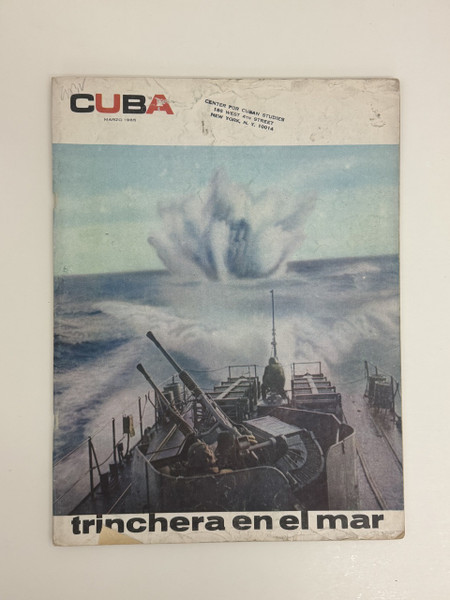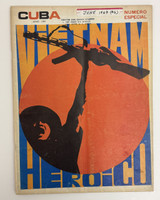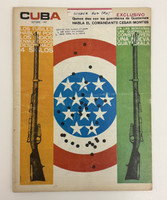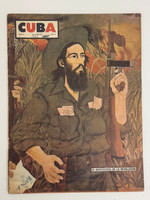- Travel
-
Exhibits
- New Works
- La Portada Cubana
- Immortal Cuba: Artists Take on Their Heroes
- Seattle Poster Exhibit
- Sandra Dooley & Alejandrina Cué
- The Art of Wayacón
- Cuban Folk Art
- Cuba In Black And White
- 25 Years of Cuban Art Space
- Summer Folk Art Expo
- ¡SPRING AWAKENING FROM CUBA!
- Celebrating The Art Of Cuban Women
- Celebrating Paper, Affordable Art from Cuba
- Art of the Revolution
- Outsider Art
- Lost and Found
- En la lucha: Celebrating Cuban Women and Their Art
- Cuban Art Stash
- 100 Fires: 5 Cienfuegos Artists' Work on Paper
- Waya + Monte! Magic Realism in Cienfuegos
- Viva Cuba Viva! Poster Show
- Cultivando Sueños
- Black Lives Matter in Cuba Jan 9-March 27
- Leandro Soto: Crónicas visuales
- Cuban Canvas
-
Archive
- Global Reflection 2018: Spirit and Community
- Exhibit in the cloud: Contemporary Works on Paper
- MADE IN CUBA! MINNEAPOLIS EXHIBIT
- Cuban Posters and Photography from CCS collection
- AUTUMN SALE! Sept/Oct 2017
- SPRING ARTS AND CRAFT SALE
- Vuelo Directo/Non Stop: Alberto & Alejandro Lescay
- The Many Faces of Fidel
- Somos
- Made in Cuba!
- The US empire in Cuban graphics
- Made in Cuba/Seattle exhibit
- Entre Nos
- Looking Back
- Cuban Art Space
- Membership/Donate
- About Us
- Cuba News
-
This issue of Cuba magazine captures the militarized atmosphere of revolutionary Cuba during the height of Cold War tensions. The dramatic cover photograph by Roberto Salas, titled "trinchera en el mar" (trench in the sea), shows Cuba's Revolutionary Navy in defensive action, with anti-aircraft guns mounted on a patrol boat's deck firing at unseen threats while an explosion erupts in the background. The image powerfully communicates Cuba's perpetual state of alert against potential U.S. military aggression following the Bay of Pigs invasion and during ongoing confrontations.
Roberto Salas, son of renowned photographer Osvaldo Salas, became one of revolutionary Cuba's most important documentary photographers. His access to military operations and ability to capture dramatic action scenes made him invaluable for magazines like Cuba that sought to document both the revolution's achievements and its ongoing defense against external threats. This cover image exemplifies his skill at combining photojournalistic immediacy with propaganda effectiveness.
The weathered cover bears a stamped address for the Center for Cuban Studies at 186 West 4th Street in New York City—evidence of the magazine's circulation among Cuban solidarity networks and academic institutions in the United States during a period of intense political hostility between the two nations. This distribution network kept sympathetic Americans informed about Cuban perspectives and achievements despite the U.S. embargo and propaganda campaigns.
The interior features Salas's major photo essay with text by Norberto Fuentes documenting the Revolutionary Navy, titled "La Marina de Guerra Revolucionaria es el máximo puesto de avanzada ante una eventual agresión" (The Revolutionary War Navy is the maximum outpost of advance against possible aggression). Additional content includes historical documentation of Havana's Cathedral located in Cathedral Plaza, a report by Luisa Roldán with photographs by Nicolás Delgado, coverage of the Casa de las Américas Prize jury featuring European and American writers interviewed by Cuban authors, and cultural content including impressions from various participants at the Presidential Palace assault commemoration on March 13.
-
-
Discover More at the Center for Cuban Studies







